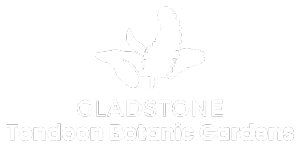Version 1 - Superseded Planning Scheme
- Citation and commencement
- Part 1 About the planning scheme
- Part 2 State planning provisions
- Part 3 Strategic framework
- Part 4 Local Government Infrastructure Plan (LGIP)
- Part 5 Tables of assessment
- Part 6 Zones
- Part 7 Local plans
- Part 8 Overlays
- Part 9 Development codes
- Part 10 Other plans
- Schedule 1 Definitions
- Schedule 2 Mapping
- Schedule 3 Local Government Infrastructure Plan (LGIP) mapping and tables
- Schedule 4 Notations required under the Sustainable Planning Act 2009
- Schedule 5 Land designated for community infrastructure
- Schedule 6 Planning scheme policies
- Appendices
5.6 Levels of assessment: Reconfiguring a lot
The following table identifies the levels of assessment for reconfiguring a lot.
Table 5.6.1—Reconfiguring a lot
| Zone | Level of assessment | Assessment criteria |
|---|---|---|
|
Centre Community facilities Conservation Industry investigation Limited development Low impact industry Major tourism Medium impact industry Minor tourism Mixed use Neighbourhood centre Open space Principal centre Specialised centre Special industry Special purpose Sport and recreation Township |
Code assessment |
|
|
In all circumstances |
||
|
Character residential Environmental management |
Impact assessment |
|
| In all circumstances |
The planning scheme including: |
|
| Emerging community |
Code assessment |
|
| If the size of all lots created are equal to, or greater than 50ha. | ||
|
Impact assessment |
||
| If the size of all lots created are less than 50ha |
The Planning scheme including: |
|
| Low density residential zone |
Code assessment |
|
|
If the size of all lots created are:
|
||
|
Impact assessment |
||
| In all other circumstances. |
The planning scheme including: |
|
|
Low–medium density residential Medium density residential |
Code assessment |
|
| If the size of all lots created are equal to, or greater than 400m2. | ||
| Rural |
Code assessment |
|
| If not on Agricultural Land Class A or Class B and the size of all lots created are equal to, or greater than 250ha. | ||
| Impact assessment | ||
| In all other circumstances. |
The planning scheme including: |
|
| Rural residential |
Code assessment |
|
|
If the size of all lots created are equal to, or greater than:
|
||
| Impact assessment | ||
| In all other circumstances. |
The planning scheme including: |
|
Editor's note—The above levels of assessment apply unless otherwise prescribed in the Act or the Regulation.









